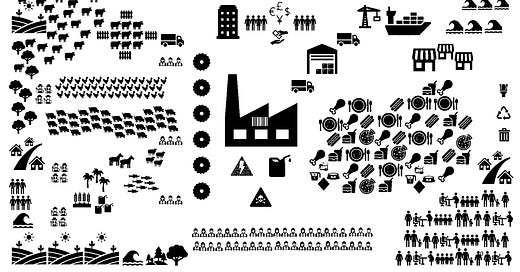They say if you want to know what’s going on, follow the money. But what if you can’t follow most of the money that affects your life? That’s the current reality when it comes to corporate disclosures.
If you communicate about a business, please answer:
How do you make money?…
Keep reading with a 7-day free trial
Subscribe to Matereal World to keep reading this post and get 7 days of free access to the full post archives.




